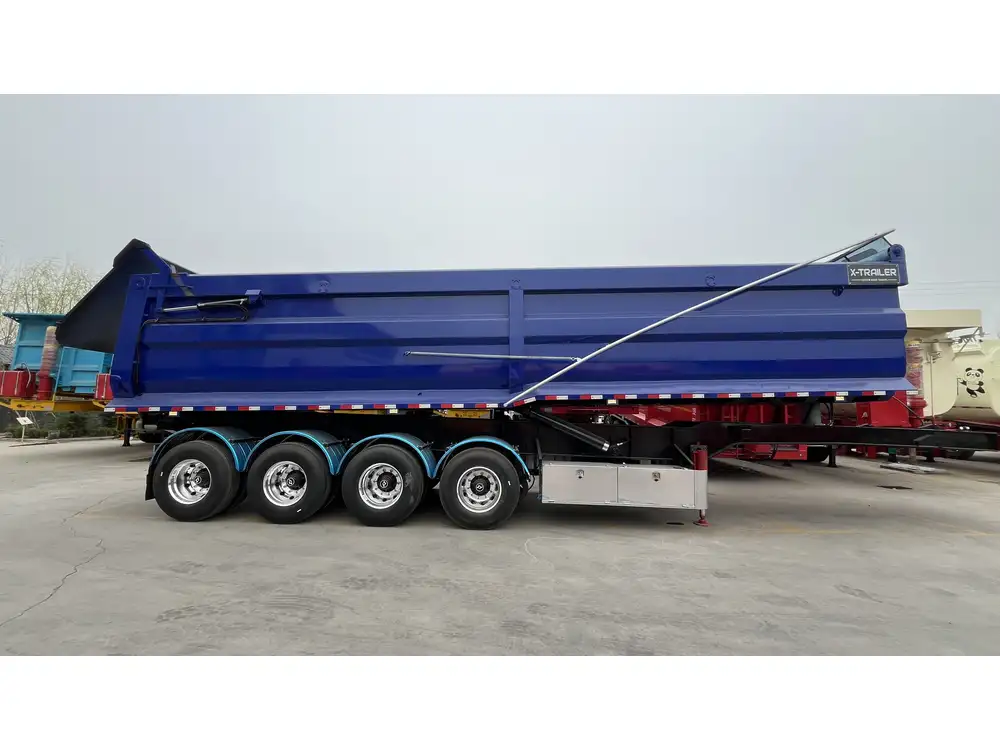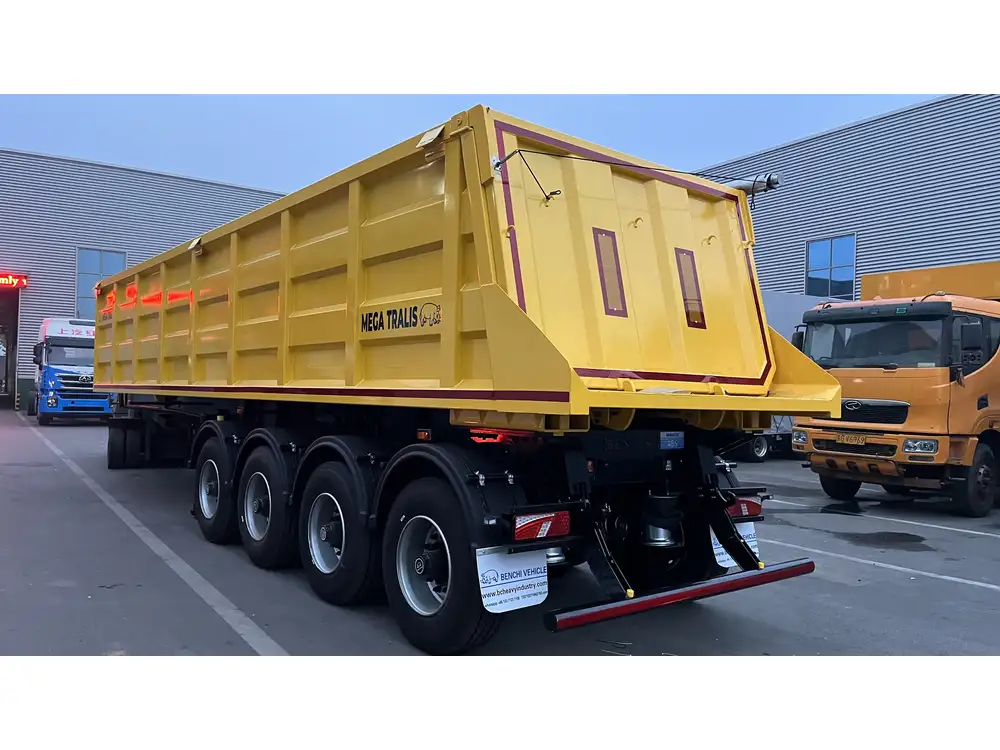Maintaining your trailer involves numerous tasks, and one of the essential—yet often neglected—operations is managing the black water tank. Understanding how to safely open the cap on your trailer’s black water tank is paramount to ensure efficient waste management and prevent potential mishaps. This detailed guide covers everything you need to know about accessing the black water tank cap, including step-by-step instructions, safety precautions, tools needed, and troubleshooting tips.
Understanding the Black Water Tank
What is a Black Water Tank?
The black water tank is a crucial component of your trailer’s plumbing system. It stores waste from the toilet and is designed to handle human waste and toilet paper. Regular maintenance and proper usage of the black water tank are vital for hygiene, preventing unpleasant odors, and ensuring your trailer operates effectively.

Importance of Proper Maintenance
Neglecting the black water tank can lead to several problems, including blockages, odors, and even leaks. Knowing how to manage it correctly enhances the lifespan of your trailer and ensures a pleasant experience on the road.
Safety First: Precautions to Take
Before attempting to open the cap on your trailer’s black water tank, consider the following safety measures:
| Safety Precaution | Description |
|---|---|
| Wear Protective Gear | Use gloves and, if necessary, a face mask to prevent exposure to bacteria. |
| Ensure Tanks are Empty | Try to drain as much waste as possible before opening. |
| Have Proper Drainage Tools Available | Keep a hose and a containment container nearby for quick cleanup. |
| Ventilation | Ensure the area is well-ventilated to minimize exposure to odors. |
Tools You Will Need
Equipping yourself with the right tools can streamline the process. Here’s a list of essential items:
- Wrench: For loosening securely fastened caps.
- Gloves: To maintain hygiene when handling the cap.
- Face Mask: To avoid inhaling harmful gases.
- Hose: For drainage and cleaning.
- Containment Container: To avoid spillage.
- Flashlight: Particularly useful in low-light conditions.

Step-by-Step Guide on Opening the Cap
Now that you’re prepared with the right mindset and tools, follow these steps to safely open the black water tank cap:
Step 1: Identify the Cap Location
Locate the black water tank access cap on your trailer. It is typically positioned on the side or rear of the trailer, often marked with a specific label. Familiarizing yourself with the trailer’s layout can save time during emergencies.
Step 2: Ensure Tank is Drained
Before unscrewing the cap, check whether the tank is empty or nearly empty. Ideally, the tank should be drained into an approved dump station or septic system.

Step 3: Assess the Cap Condition
Inspect the cap for any visible cracks, wear, or foreign objects. A damaged cap may result in improper sealing, leading to leaks or odors.
Step 4: Prepare for Odor and Splash
Use your gloves and face mask to protect yourself. If you’re in an enclosed area, ensure that windows are open, or you’re working outdoors.
Step 5: Using the Wrench
If the cap is on too tight, use a wrench to gently loosen it. Be careful not to exert excessive force, as this can damage the cap or the tank.

Step 6: Slowly Open the Cap
Once loose, carefully turn and lift the cap away from the tank. Be cautious, as some residual waste may remain. It’s best to do this slowly to prevent sudden splashes.
Step 7: Clean Up Any Spillage
If there’s a spill, use a hose or containment container to manage the waste. It’s critical to clean up immediately to avoid unpleasant odors and maintain sanitation.
Additional Tips for Routine Maintenance
Conducting routine checks can prevent issues related to the black water tank. Here are some effective maintenance tips:
- Regularly Inspect: Check the cap and plumbing for signs of wear or damage at least once a month.
- Proper Flushing: Use appropriate chemicals and methods to flush the tank periodically, avoiding clogs and odors.
- Record Keeping: Maintain a log of use and maintenance to track when it’s time to empty or service your tank.

Common Issues and Solutions
Knowing what to expect can prepare you for challenges you may encounter. Here are some common problems and how to address them:
| Issue | Description | Solution |
|---|---|---|
| Stuck Cap | A cap that can’t be loosened easily due to age or corrosion. | Apply lubricant and gently work it back and forth. |
| Odors Persisting | Bad smells emanating even after cleaning. | Check seals and consider using deodorizing agents. |
| Internal Tank Clogs | Blockages caused by excessive waste or inappropriate items. | Use a tank cleaner or seek professional assistance. |
| Leaks from Cap | Water or waste leaking indicates a damaged cap seal. | Replace the cap immediately to avoid further damage. |
When to Seek Professional Help
In certain scenarios, it may be prudent to seek professional assistance. If you experience persistent problems with your black water tank that you cannot resolve on your own, consider contacting a qualified technician. They can perform detailed inspections and repairs that ensure your trailer remains in good working order.
Conclusion
Effectively managing your trailer’s black water tank is crucial for a safe and enjoyable outdoor experience. By understanding how to open the cap, taking appropriate safety precautions, using the right tools, and performing routine maintenance, you can ensure that your trailer functions optimally. The steps outlined in this guide empower you to tackle the task confidently, addressing most problems you may face along the way.
Remember, prevention is always better than cure. Regular checks and mindful management of your black water tank operations can save you from bigger issues in the future. Should you run into complications, don’t hesitate to consult professionals who specialize in trailer maintenance to ensure that your home away from home stays in pristine condition.
If you have any questions or need further assistance, please don’t hesitate to explore additional resources available online or consult with fellow trailer owners in communities dedicated to RV and trailer maintenance.



